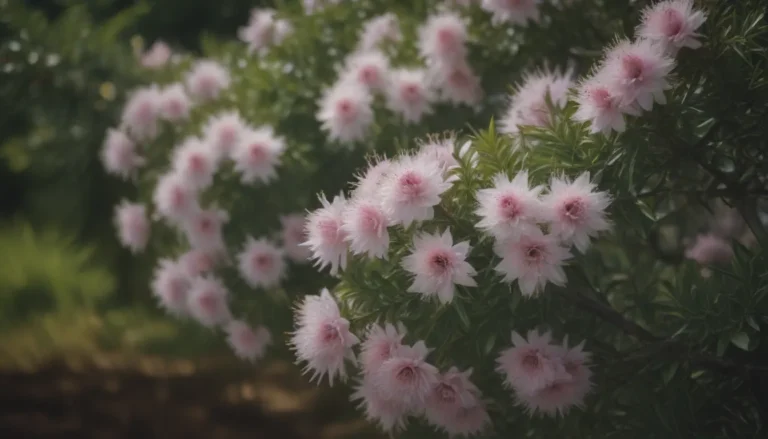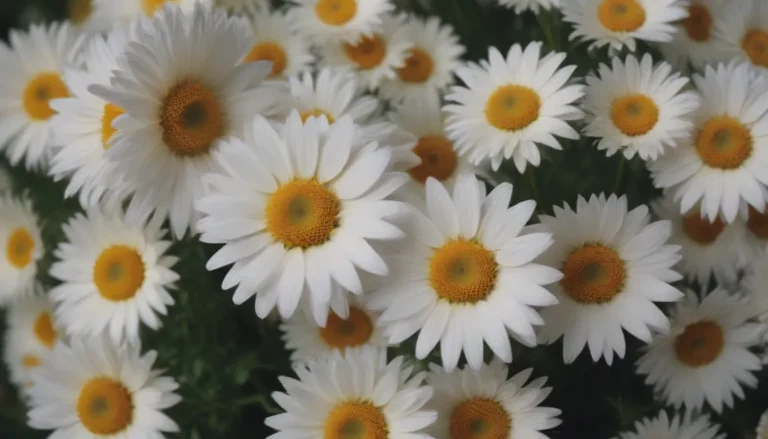A Comprehensive Guide to Growing and Caring for Ostrich Ferns

Ostrich ferns, known scientifically as Matteuccia struthiopteris, are a beautiful addition to any garden with their striking resemblance to ostrich feathers. These deciduous ferns boast bright green fronds that unfurl from fiddleheads in the spring, reaching up to four feet in length. Their rhizomatous nature allows them to spread five to eight feet wide and grow two to three feet tall, making them a perfect choice for filling up a shady garden corner.
Getting to Know Ostrich Ferns
Native to eastern North America, eastern Asia, and Europe, ostrich ferns are hardy in USDA Hardiness Zones 3 through 7, with the ability to withstand temperatures as low as minus four degrees Fahrenheit. These ferns thrive in moist, shady woodland areas, rain gardens, and wet borders along streams and ponds. However, they can also be grown in containers if necessary.
Ostrich Fern Care Tips
Ensuring the proper care for your ostrich ferns is essential to help them thrive and flourish in your garden. Here are some important care tips to keep in mind:
- Light: Ostrich ferns prefer partial to full shade, with dappled shade being the ideal condition. Avoid exposing them to full sun as it can cause their leaves to turn yellow and burn.
- Soil: These ferns thrive in moist, acidic soil rich in organic matter, though they can tolerate clay soil as well. Maintain a soil pH between 5.0 and 6.5 for optimal growth.
- Water: Water your ostrich ferns regularly to keep the soil consistently moist throughout the summer. Avoid letting the soil dry out as it can cause the plant to go dormant prematurely.
- Temperature and Humidity: Ostrich ferns prefer cool summer climates over hot and humid conditions.
- Fertilizer: While ostrich ferns do not require frequent fertilization, lightly fertilize them if you are fertilizing other plants nearby. Avoid over-fertilizing as these ferns are sensitive to excess fertilizer.
Distinguishing Ostrich Ferns from Similar Varieties
Confusing ostrich ferns with other fern species like cinnamon ferns or interrupted ferns is common due to their similar appearance. To differentiate them:
- Cinnamon Fern: Look for a furry or hairy spot near the sheath on the frond.
- Interrupted Fern: Notice forked veins and leaflets that do not extend to the ground like those on ostrich ferns.
Pruning and Propagating Ostrich Ferns
Proper pruning and propagation techniques are essential to maintain the health and growth of your ostrich ferns. Here are some tips to help you with this:
- Pruning: Light trimming is sufficient to keep your ferns looking fresh. Remove any old or awkwardly-shaped fronds, and cut down dead foliage and fertile fronds in late winter.
- Propagating: Ostrich ferns are vigorous spreaders and can quickly take over your garden. Regular division in the spring can help contain their growth. Consider potting them in containers to control their spread and add beauty to outdoor spaces.
Overwintering and Common Problems
Ostrich ferns are hardy plants that can withstand cold temperatures and require minimal care during the winter months. Simply cut down the dead fronds in the fall, and new growth will emerge in the spring. Keep an eye on new plants popping up to prevent them from spreading excessively.
While ostrich ferns are relatively trouble-free, they can spread aggressively through rhizomes. To keep them under control, remove any baby plants as soon as you spot them. Pairing ostrich ferns with other plants like astilbes or hostas can help balance their fast growth and create a harmonious garden landscape.
In conclusion, ostrich ferns are a stunning addition to any garden, providing unique texture and form. By following these care tips and guidelines, you can cultivate healthy and flourishing ostrich ferns that will enhance the beauty of your outdoor space. So go ahead, plant some ostrich ferns and watch them flourish in your garden!





